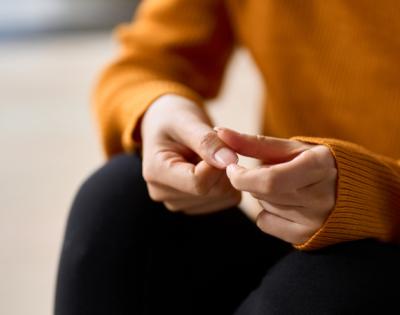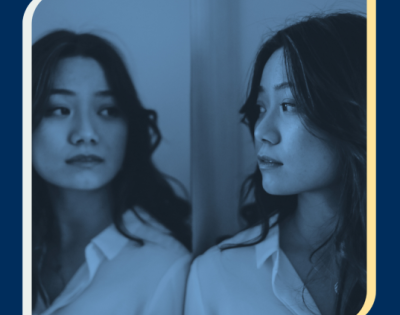When we think about mental health, we often imagine emotions, thoughts, or stress. But deep beneath the surface, much of what we feel and how we react begins in the nervous system. When your nervous system becomes dysregulated, it can affect your body, mood, and daily functioning in ways that might [...]
The Village Blog
Image

Signs, Types, and Treatments of OCD
October is recognized as Obsessive-Compulsive Disorder (OCD) Awareness Month. As the 4th most common mental disorder, OCD affects millions of people and often occurs alongside other mental health conditions, sometimes making daily life and well-being difficult to manage. It’s characterized by [...]
Social media can be a powerful tool for increasing mental health awareness, but can also contain a plethora of mental health misinformation. Platforms like TikTok and Instagram have helped normalize conversations about anxiety, depression, and therapy for many children. Your child might see posts [...]
A Guide for Women Considering Therapy
By Krystina Weiss, MS, LMFT, PMH-C Krystina is a certified perinatal mental health professional who provides therapy for clients of all ages at our Alexandria office and in schools. She works with children, parents, and families using a family systems approach, helping them build on their strengths [...]
Myths, Symptoms, and How to Get Help
By Taylor Anderson, MS, LPC What Is PTSD? Post-Traumatic Stress Disorder (PTSD) is a mental health condition that can develop after someone experiences or witnesses a traumatic event such as combat or war, physical or sexual assault, serious accidents, natural disasters, or the sudden loss of a [...]
Here’s How to Find Relief
Life can be demanding. Between work, social obligations, finances, family responsibilities, and the constant influx of information from social media and the news, it’s easy to feel overwhelmed. Some days, regardless of how much is accomplished, the to-do list only seems to grow. Why someone may feel [...]
Shifting Unhelpful Mindsets for Better Mental Health
This Mental Health Month, The Village is inviting you to “Retrain Your Brain.” Our thoughts shape how we feel, act, and relate to others, but sometimes, the way we think holds us back. These four common unhelpful mindsets can lead to stress, low self-esteem, and disconnection. The good news [...]
April is Autism Awareness Month, a time for recognizing and understanding the experiences of autistic individuals. Many autistic people have heightened or different sensory needs, meaning they may be over-sensitive or under-sensitive to certain stimuli. However, sensory needs aren’t exclusive to [...]
Generosity in Action
Giving Hearts Day is here once again, and we are grateful for the incredible support of our communities in the seven locations and surrounding areas we serve! Thanks to your generosity last year, we made many meaningful strides in enhancing our services, supporting our staff, and enriching the lives [...]








